
A torch of fate
You may not know that the Statue of Liberty almost found a home in Egypt back in the mid-1800s. Auguste Bartholdi, the French sculptor who designed Lady Liberty, set his plans on sculpting an incredible lighthouse for the Suez Canal. According to the National Park Service, Bartholdi had already completed his creative vision of a robed woman holding a torch—which he called Egypt (or Progress) Brings Light to Asia, before the Egyptian government rebuffed their deal. Fortunately, Bartholdi found a new home for the statue in the New York Harbor. He named her “Liberty Enlightening the World,” and she was unveiled by President Cleveland in 1886.
Here are 5 Historical “Facts” That Are Actually Complete Lies.
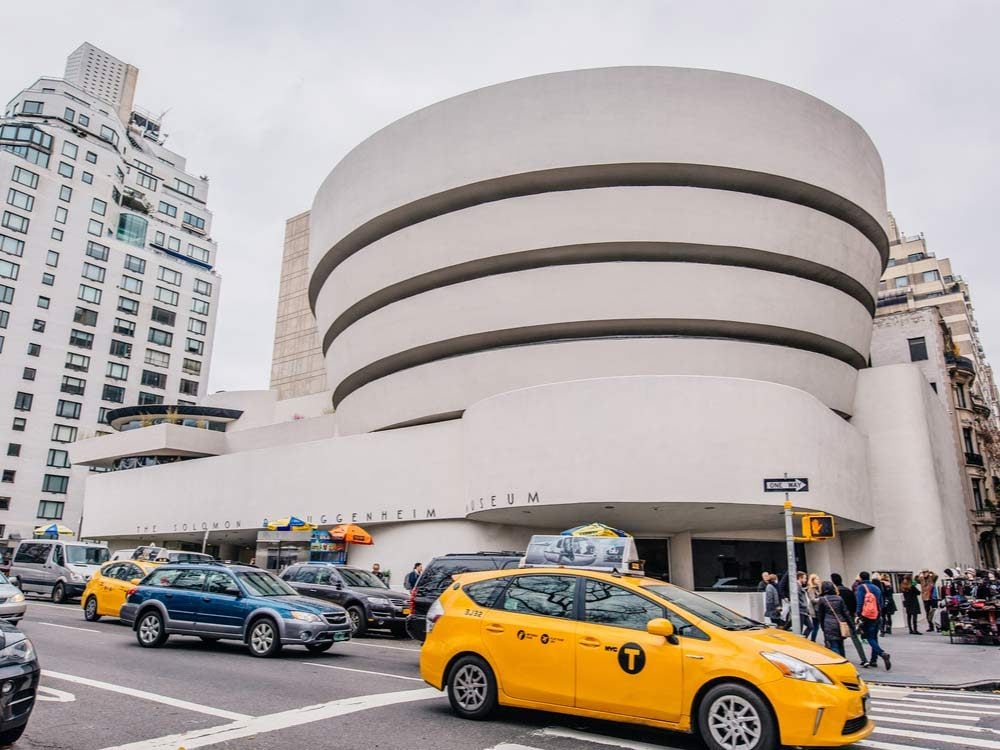
Seeing red
Although this fiery hue has been used as a sign of power or good luck, it was not a celebrated shade for the Guggenheim Museum landmark, according to some of its toughest critics. In a New York Times article, Hilla Rebay, the art adviser to Solomon R. Guggenheim, approached architect Frank Lloyd Wright to design a museum, but when he voiced his vision to create the museum exterior with red-marble and long-slim pottery red bricks, Rebay rejected his plan. According to sources, Rebay told Wright in a 1945 letter, “Red is a colour which displeases S. R. G. as much as it does me.” Ouch! The Guggenheim has gone through a series of renovations and colour refreshers since then, but it has never been any shade of red.
Check out the 10 Must-Visit Museums Around the World.
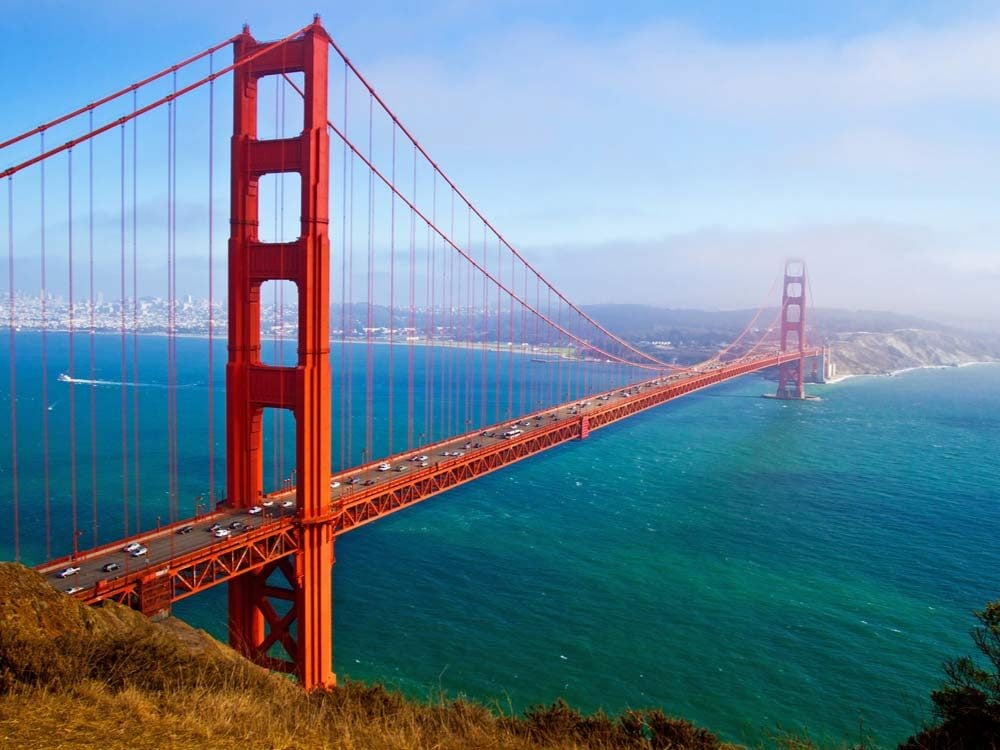
Under the sea
What if the Golden Gate Bridge had been the Golden Gate Tunnel? Remember the popular movie scene in Superman when our hero flies to save a bus from falling off the edge of the iconic bridge? Would it still be considered a national symbol marked by history and pop culture if it were actually underground? According to an article in the Daily Mail, inventor Cleve F. Shaffer in 1932 proposed a boat tunnel—with the centre of the bridge submerged in the San Francisco Bay, directing ships to travel above the structure instead of under. Although experts say his idea could have saved the project millions, finances were put aside once they realized the deceleration of cars entering the tunnel would cause massive gridlock, crippling bridge traffic.
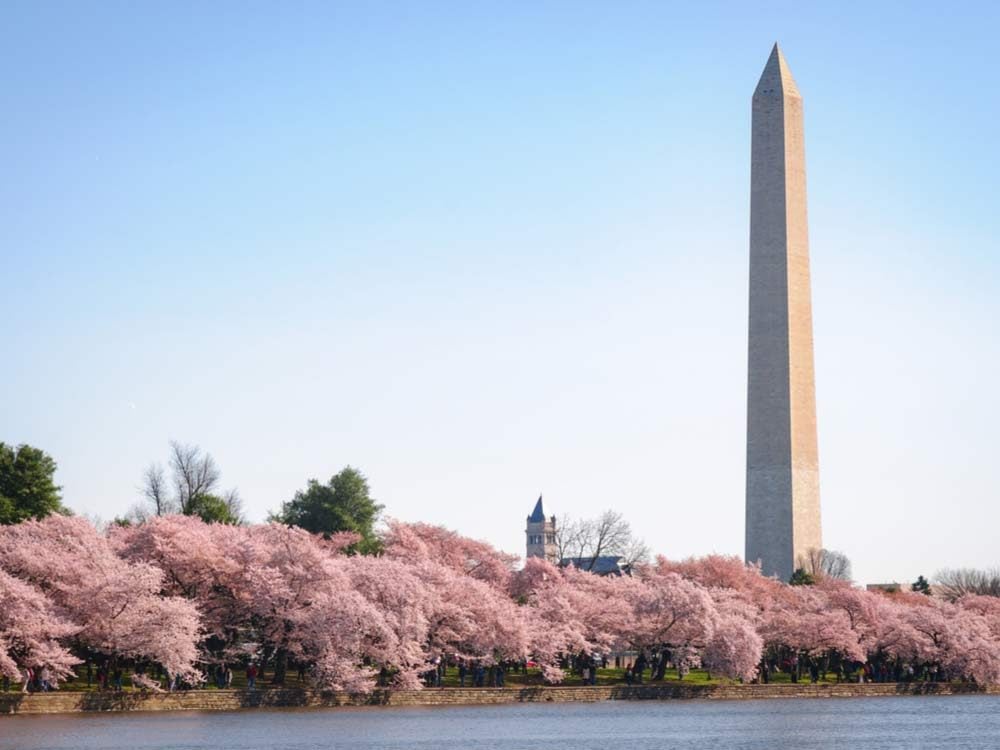
A monumental moment
In 1783, before Washington was elected our first president, Congress already had plans to erect a statue of the war hero. After he went from army commander-in-chief to POTUS, however, Washington stopped progress on the structure due to low public funds. Almost 100 years later and after a collection of private donations, architect Robert Mills won a design competition to construct and complete the Washington Monument. History.com describes his original design as a grandiose contrast to the finished product. “The winning design called for a pantheon, a temple-like building, featuring 30 stone columns and statues of Declaration of Independence signers and Revolutionary War heroes. A statue of Washington driving a horse-drawn chariot would reside above the main entrance and a 600-foot-tall Egyptian obelisk would rise from the pantheon’s centre.” As beautiful and bold the idea sounded at the time, the project went through another building phase and in a different direction. Ultimately, it was Ulysses S. Grant, the United States’ 21st president, who raised federal funds and put the finishing touches on one of the world’s tallest man-made structures at that time.
Here are the top 10 things to do in Washington.
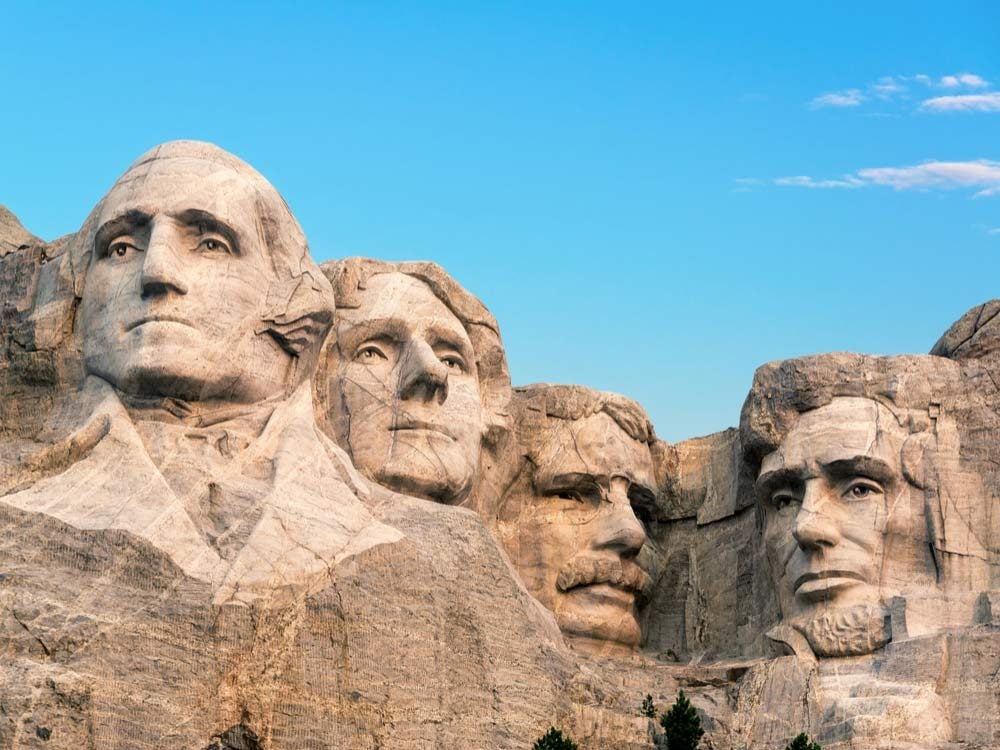
A hidden time capsule
Before Mount Rushmore’s master sculptor, Gutzom Burglon, passed away, he was carving out a secret room to store sensitive historical documents. According to National Parks Traveler, “Borglum’s original plan was revised a bit, but the intent remained, and in 1998, tablets with the story of our nation were sealed in a vault in the unfinished Hall of Records. Sixteen porcelain enamel panels containing the text from the Declaration of Independence, the Constitution, and the Bill of Rights, along with a biography of Borglum and the story of the presidents, were sealed in a teakwood box, then placed in a titanium vault, and finally sealed shut.” The top secret door is rumoured to sit behind Abraham Lincoln’s head.
America’s Founding Fathers’ faces were not everyone’s first choice to be carved into the Mount Rushmore National Memorial. Historian Dove Robinson wanted to lure tourists to the region by attracting them with sculpted famous faces, including those of Buffalo Bill, Red Cloud, and Lewis and Clark, as Soft Schools reports. But the former U.S. Presidents, George Washington, Thomas Jefferson, and Abraham Lincoln ultimately won out to claim the rockfaces.
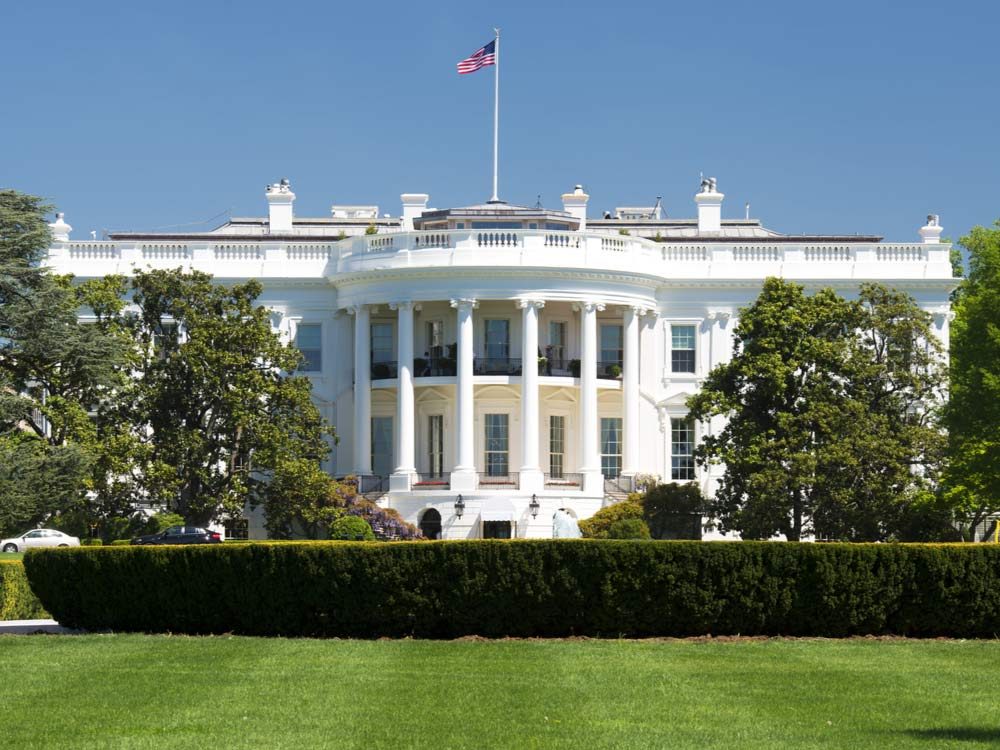
Welcome to the White House
The address 1600 Pennsylvania Avenue is widely recognized as the President’s home and office, but if you asked for directions to the White House in the early 1800s, colonists would ask, “Which white house?” According to Whitehouse.gov, “At various times in history, the White House has been known as the “President’s Palace,” the “President’s House,” and the “Executive Mansion.” President Theodore Roosevelt officially gave the White House its current name in 1901.